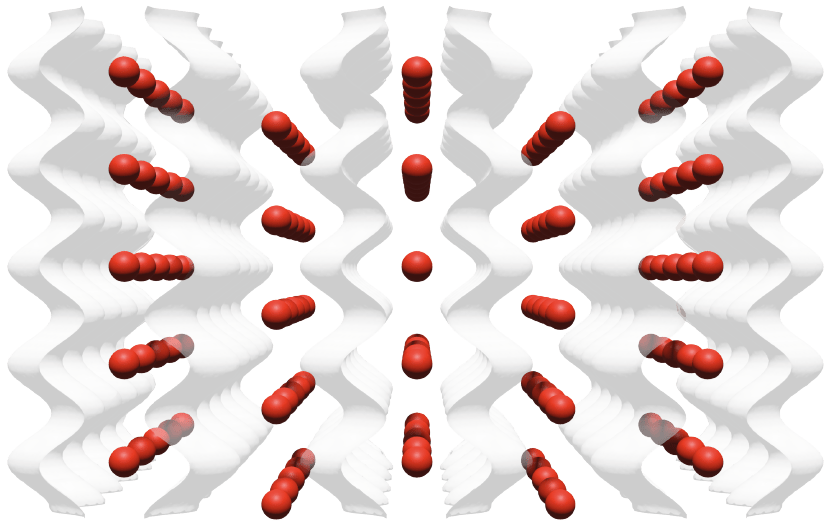Quantum Phase Transition with Light
A novel research axis in my laboratory is to investigate Quantum Phase Transition in a fluid of light. We have all already observed in everyday life water that freezes or boils and ice that melts. A modification in the fundamental properties of a physical system that crosses the boundary between two phases is known as a phase transition. This macroscopic change is driven by fluctuations at the microscopic scale. For a system at a temperature close to absolute zero, all thermal fluctuations vanish and the system loses any opportunity to change. Phase transitions are therefore prohibited in classical systems at zero temperature. In the quantum world, physics is very different since fluctuations are present even at zero temperature, due to Heisenberg’s uncertainty relation. In certain situations, these microscopic quantum fluctuations may be strong enough to drive a macroscopic transition from one phase to another, known as a quantum phase transition1.
One striking consequence of quantum phase transitions is the existence of metals, predicted to be conductors by the conventional band theory, that are actually insulators at low temperature. The explanation, proposed by Mott is the presence of a quantum phase transition due the interplay between the Coulomb repulsive interaction of electrons and their degree of localization in the crystalline lattice. These states, known as Mott insulators, are thought to have a deep connection with high-temperature superconductivity and therefore are subject to intense research not only in condensed matter but also in ultracold atomic physics.
‘Our goal is to observe the superfluid to Mott insulator transition in a fluid of light.’
Achieving this prime experimental challenge is due to bring a major revolution to the fields of analogue quantum simulation and linear optics quantum computing.
On the fundamental side, it could push photon fluids to a new regime of many-body physics, opening the way to create and study strongly correlated systems with light.
On the applied side, we use the Mott insulator state of light as a giant source of single photons (or any Fock states) with potentially several hundreds of lattice sites delivering tunable photon number states in parallel and at a high rate, with the potential for a massive implementation of linear optics quantum computing.

The Team
- Quentin Valnais, Master student
- Kevin Falque, PhD student
- Quentin Glorieux, Associate Professor
- Tangui Aladjidi, PhD student
- Maxime Jacquet, Post-Doc
